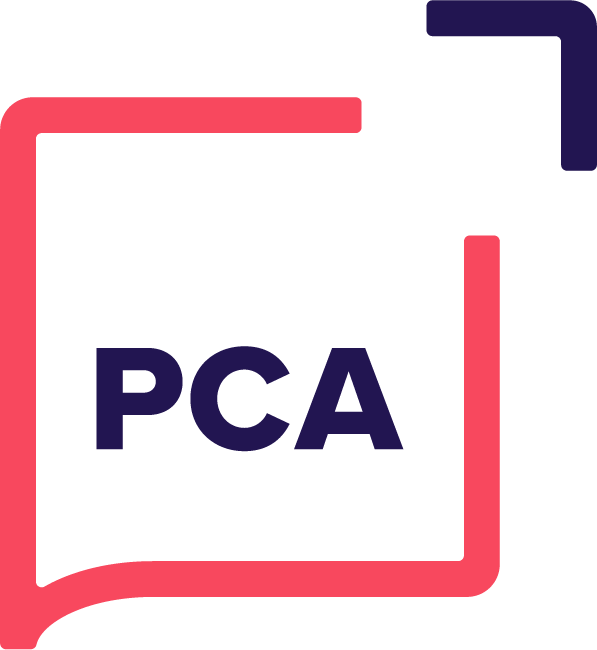The CIPD (Chartered Institute of Personnel and Development) is an independent and not-for-profit body based in London, which describes itself as “the professional body for HR and people development.” It celebrated its centenary in 2013, and now has over 135,000 members across the globe who are “committed to championing better work and working lives.”
The diagram ‘Work, Workforce and Workplace’ is from the CIPD Neuroscience in action report. There are several links on our article page to the full CIPD Neuroscience in action: applying insight to L&D practice report. Or click here for a link to the article.
In November 2014, the CIPD published a report entitled ‘Neuroscience in Action: Applying Insight to L&D Practice.‘ This report forms part of the CIPD’s ongoing research programme exploring “how findings from behavioural science are influencing the HR and learning and development (L&D) profession.” It was written by Ruth Stuart, a research adviser at the CIPD.
To explore how neuroscience principles are being used by organisations to inform their L&D practice, the report incorporates case study research undertaken by the CIPD between June and August 2014. These case studies involved eight high-profile organisations, including BT, Fitness First and Volvo. In addition, the report provides an overview of neuroscience as a field, and advises L&D and HR practitioners on the most practical and economical ways to implement various neuroscience techniques.
The report is divided into five sections, which are bookended by an introduction and a conclusion. Section 1 explores various views on the relevance of neuroscience to L&D practitioners. It also examines the general level of awareness of and interest in neuroscience amongst the L&D profession. Section 2 discusses how the participants in the research first developed their interest in neuroscience, and also how they went about accumulating their knowledge in the field. Section 3 looks at how the research participants have incorporated neuroscience into L&D practice. In addition, it examines how various “L&D interventions” at the eight case study organisations have been informed by neuroscience findings.
Section 4 of the report outlines various “(b)enefits and challenges” of utilising neuroscience insights for L&D practice. Such benefits include “enhanced learner engagement, cost savings, reduction in turnover and improved customer perception.” A further benefit is said to be “enhanced credibility” for L&D practitioners, both individually and as a community. Section 5 follows up with “practical guidance” for L&D practitioners in implementing neuroscience insights. In this respect, it addresses potential queries such as where to start, how much knowledge is required and which information to trust.
Following on from these five sections, Appendix 1 of the report is entitled “Five ‘no-brainers’ from neuroscience research.” It was written by Dr Paul Howard-Jones, a reader in neuroscience and education from the University of Bristol. Appendix 1 begins by talking about the plastic nature of our brains, or neuroplasticity, and how this means that learning can alter the “function, connectivity and even the structure” of our brains. It then goes on to list five ‘no-brainers’, or guidelines, for HR and L&D professionals when it comes to utilising research from the neuroscience field.
The first of these “no-brainers” is that challenging questions or problems should be addressed in teams. The second no-brainer is that “regular and sufficient sleep is essential for the brain to learn efficiently. The third no-brainer is that learning sessions should be spaced out over time. The fourth no-brainer is that we should be careful and judicious in our use of technology, as it can “enhance or diminish brain function.” The fifth and final no-brainer is that physical exercise can boost both our memory and our neural learning networks.
Unsurprisingly, all of these no-brainers are highly relevant to the work that PCA undertakes. We’ll be exploring each no-brainer in a little more depth, in a follow-up blog piece that will be appearing soon.
